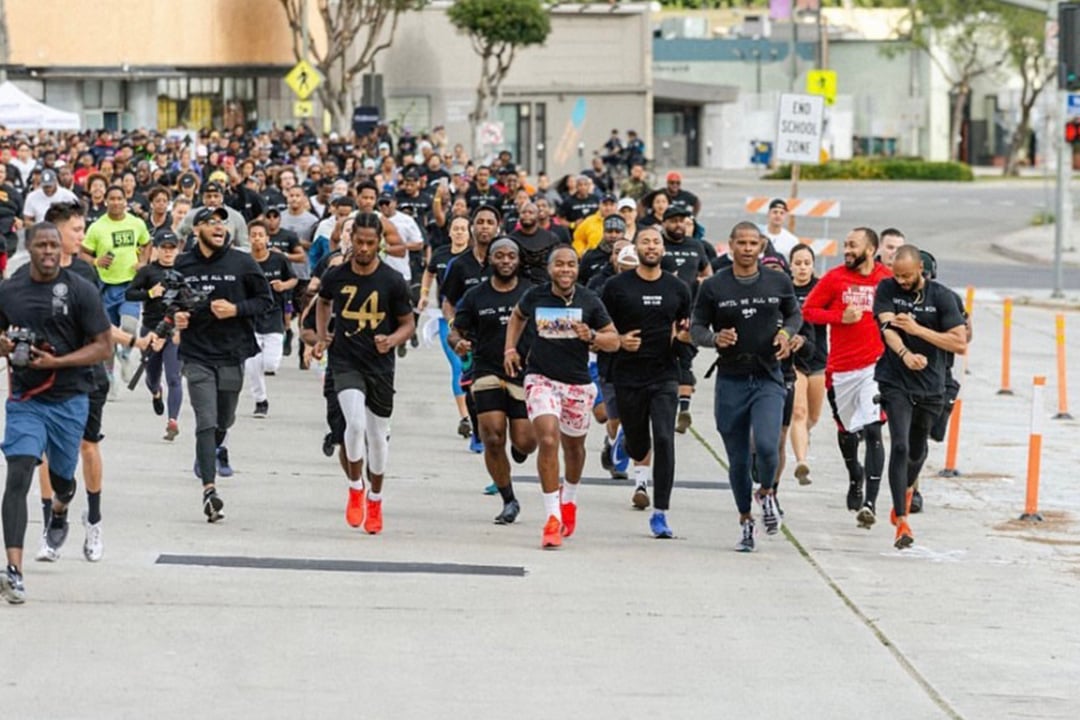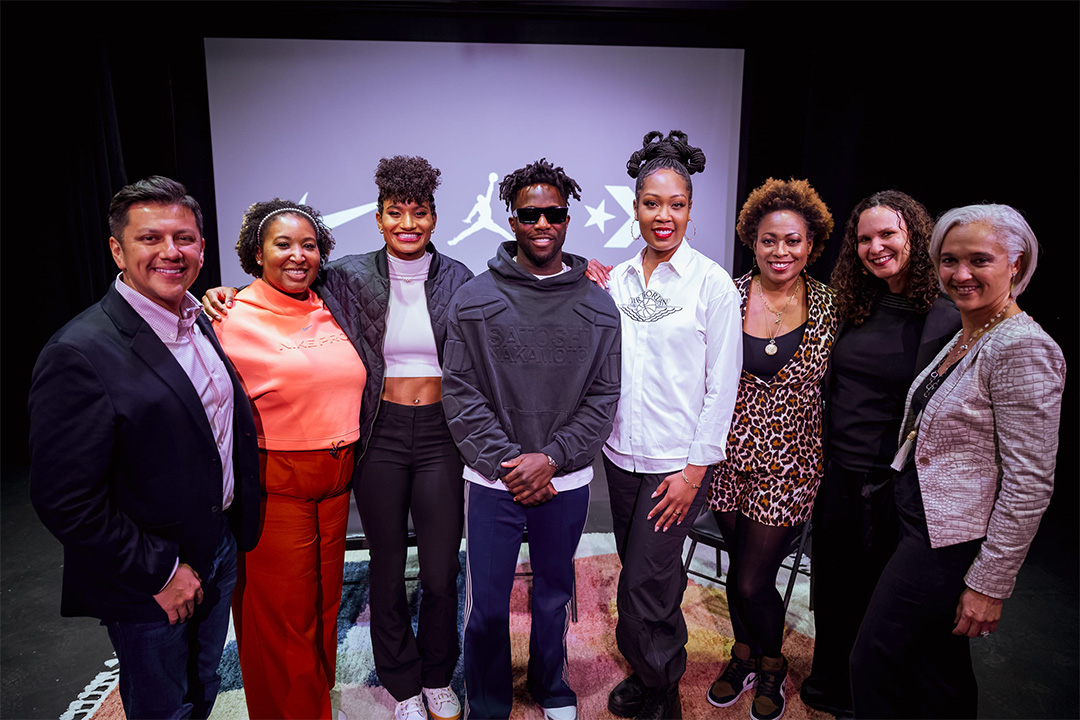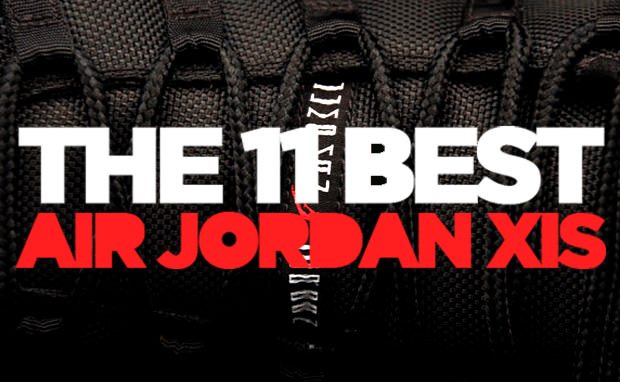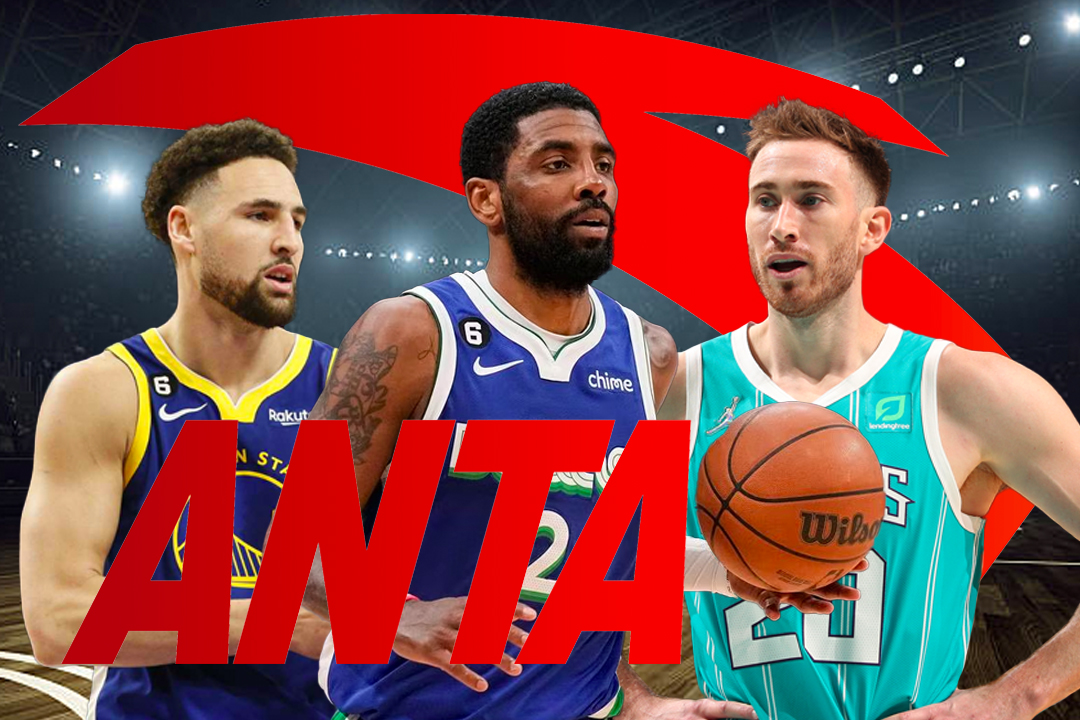This post may contain affiliate links. Please read our disclosure policy.
Last weekend all eyes were on Inglewood, Calif. as Los Angeles hosted their first ever Super Bowl at the SoFi Stadium. With the LA Rams taking home the win, the city was electric and excited to honor Inglewood’s home team.
But there’s a group of athletes that really makeup the heart and soul of Inglewood, as they run near iconic South Central landmarks like the Slauson Swapmeet, World on Wheels, or even Louisiana Fried Chicken on Manchester and Normandie.
Founded in 2018 by Alrick “Butta” Augustine, Keep It Run Hundred is Inglewood’s signature run club that invites the community of South Central to get active and find meaning through sport. As a historically Black neighborhood in Los Angeles, Inglewood’s Keep It Run Hundred brings representation to the running space and champions people from all walks of life. With initiatives like ladies night and even a Black History Month run sponsored by Nike, Alrick “Butta” Augustine always keeps community at the center of Keep It Run Hundred.
Get to know Butta and the story behind Keep It Run Hundred as we talk to him about how he got started, marathon training, working with Nike, and the sneaker robbery that inspired him to become a philanthropist.
—
Nice Kicks: What’s the story behind your nickname, “Butta?”
Alrick ‘Butta’ Augustine: “As a kid, I played basketball growing up my whole life. One of my coaches, when I was younger, he told me I was smooth like butter. My mom, my family, everybody calls me Butta.”
What’s your official title for Keep It Run Hundred?
“Founder. I started this in 2018 just to get people active. I created Keep It Run Hundred because running is something I fell in love with. It wasn’t something I did growing up. In South Central and the inner city, especially where I grew up, running is pretty much nonexistent in 2014.”
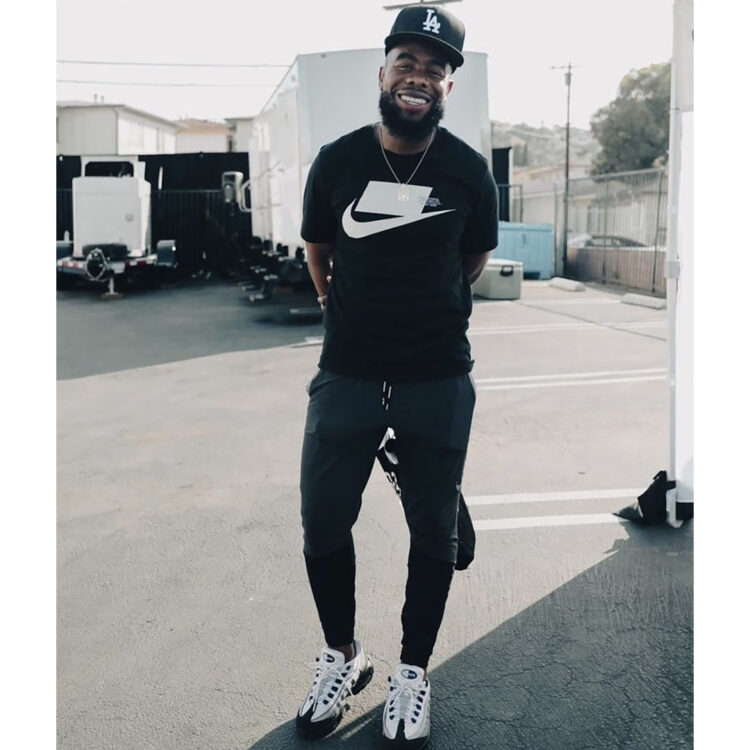
What inspired you to start running?
“In 2014 I started running as a way to lose weight. I had my daughter that year, so I picked up dad weight. Being an athlete my whole life, I seen a picture of myself and I was not used to looking like that. So by not wanting to buy a gym membership, I started running and started eating better. Running was something to keep me active. Becoming a new dad, I was working multiple jobs, just trying to make a way, and activity was kind of pushed to the side. Eventually running became a hobby of mine and after a couple of years, I was running maybe 4-5 miles at the max. Then a friend of mine told me that I was going to run a LA marathon. I told him, ‘You’re crazy.’ Marathon running was never a thought of mine. We started training for it and in the training of it, through knocking down those barriers I had for myself became a great feeling for me. We all go through things in life where you feel like, ‘That’s hard,’ or ‘I can’t do that,’ s o when you’re able to do that, it does something for you. Five miles turned into doing 10 miles, then 10 miles turned to 15. It’s like now I’m getting this feeling that I can do whatever I put my mind to. So in March of 2018, I ran my first marathon, and that was the day I fell in love with running.”
When did Keep It Run Hundred first get started?
“I started Keep It Run Hundred two weeks after [I ran my first marathon]. I didn’t have a blueprint on what a run club did. I seen them when I was coming up, trying to become a better runner, but I wanted to get my friends moving. People would see me posts on Instagram and be like, ‘I wanna run with you!’ But then they wouldn’t show up. So then I was like, ‘If I create this space, will you show up?’ We met at Manhattan Beach on April 7, 2018. We had about eight people and it was something that I just continued to do. I’ve been doing things in LA for a long time when it comes to events and parties. I’ve always been in the loop, so whatever I did, people would show up to. As the word spread, people started coming and showing up. It was something to do Saturday morning just to get people up. Then the numbers started continuously growing and I’ve done runs now with up to almost 1,000 people.”
What’s the average amount of runners that show up to Keep It Run Hundred on a weekly basis?
“On average, I get about 60-80 people every week.”
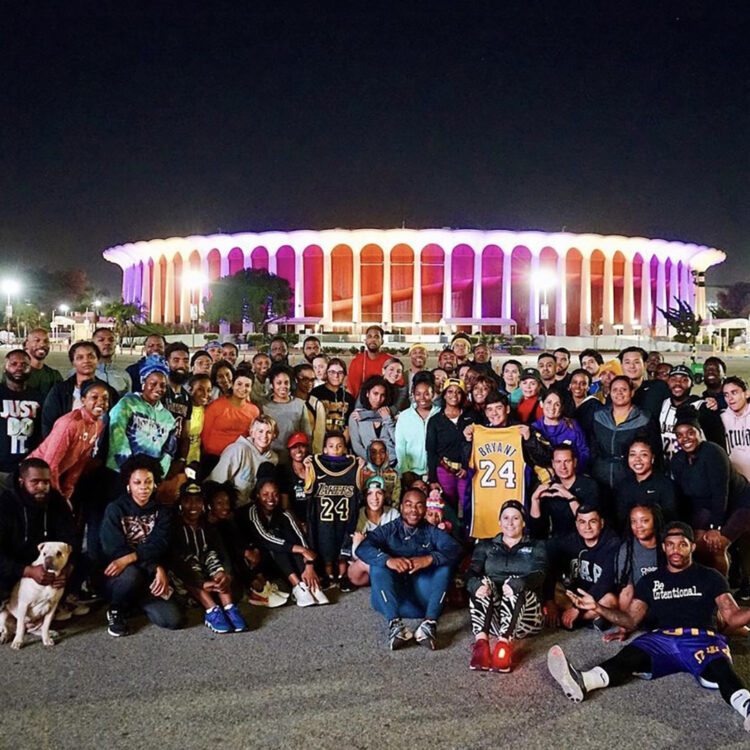
How is Keep It Run Hundred different from other run clubs?
“In the run community, there are so many just different types of run clubs. There’s performance based, training, etcetera. But I feel as though I have the most reluctant group of runners, who are people of color. I just want to get them going. I don’t do a crazy amount of miles. We do a regular 3 miles on Thursday, and in that space, it’s not about miles. It’s not about time. It’s just about being in a community that’s supportive, motivating, and uplifting, because in your everyday life, you don’t get cheered-on or clapped-up. So you’re able to come and people are telling you, ‘Let’s go, you’re doing good!’ That’s the feeling you want to continue to receive. So if you have a space to come to every week, where you’re able to get away from work, school, your kids – you can bring the kids too! – But it’s just like being able to just get away from life, like everyday ups-and-downs, trials-and-tribulations. It makes people want to continue to come back.”
How many marathons have you run now?
“I’ve done eight.”
What is the training breakdown for a marathon? How would someone get started?
“Training is 14-16 weeks, about 4 months. I created my own training program, but what it takes to run a marathon is discipline, sacrifice, and the willingness to want to work. It’s a mental thing more than anything. It hurts, don’t get me wrong, but the mental toughness it takes is where people get turned off. There’s only 1% of people in the world that do marathons, It’s not the norm. When you cross over to this side, you incorporate different types of running, you incorporate strength training. It’s not just running 10 miles every day. You can start off with a cool 2-3 miles, and with repetition and consistency, you get better at it. Once you do that and you see that you’re doing a pretty good pace or you’re getting good at that, it makes you feel like you can do more. It’s a gradual increase. You start off with a couple of miles and then you do a long run. You need one long day a week and just consistency between that. I try to get people to run at least 4 days a week when they’re trying to run a marathon.”
What’s the experience like running in the LA Marathon?
“It’s great. It’s amazing. Being from LA and being able to see my city on foot, things I just drive past every day often. The race used to go from Dodgers Stadium to the Santa Monica Pier. Now it ends at Century City, but being able to run across LA, literally through Silverlake, Downtown, Rodeo Drive, all these different places, and see them on foot. It’s an experience that I think everyone should go through. I tell people that other than having my daughter, running a marathon is the greatest thing I’ve done in my life.”
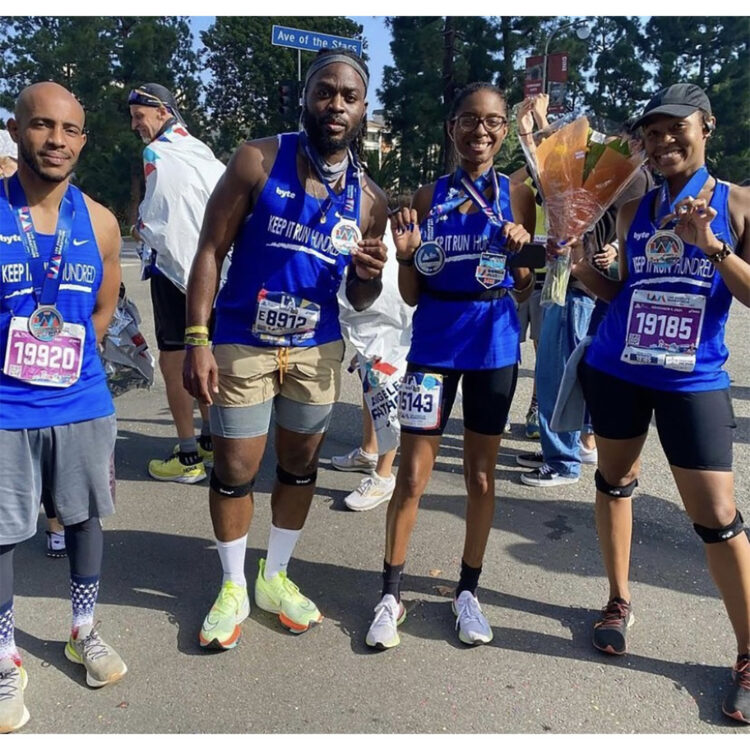
What’s been the lasting impact that running has made in your life?
“Fulfillment. I’m genuinely fulfilled in what I do. This is my calling. I feel like I found my thing. I’m 38, so I’ve gone through life and I’ve had all kinds of jobs, and tried to do different types of things, but I feel like this is what I was meant to do. This is what I was put on this Earth to do. So creating a run club and impacting the lives of people, because other than physical health, the run club also helps with mental health. A lot of people who come run with me aren’t from California at all, so they may not have a support system. This is where people come and actually meet people. Bonds are built and it’s an outlet.”
What’s an instance that serves as a snapshot of the Keep It Run Hundred community?
“During the holidays, I shut us down because COVID numbers flared up. When we started back up around mid-January, one of my runners said, ‘I almost lost it during that time because I didn’t have this and I don’t have family here.’ He was going through things in his personal in his life and he had suicidal thoughts. So hearing that and seeing the transition of my runners and their journeys. I have mothers with 3-4 kids who show up consistently and put the work in, or people who have lost a lot of weight just by doing this, or just found something they really enjoy doing because they didn’t have this before. Those are the things that really do it for me. People always ask, ‘Why don’t you charge?’ But if I charge, the feeling wouldn’t be the same. I could sell my soul for a few dollars, but if I charge you and five of your friends to come and run with me, and charge $5, by the time three weeks come you’d be like, ‘We could do this by ourselves because we’re really just outside.’ You would want to stop showing up. Or let’s just say you didn’t have the $5 available, now that’s a deterrent for you to get active. So it’s like just come and pour into yourself. I love running and I’m going to do it anyway, so just come along with me.”
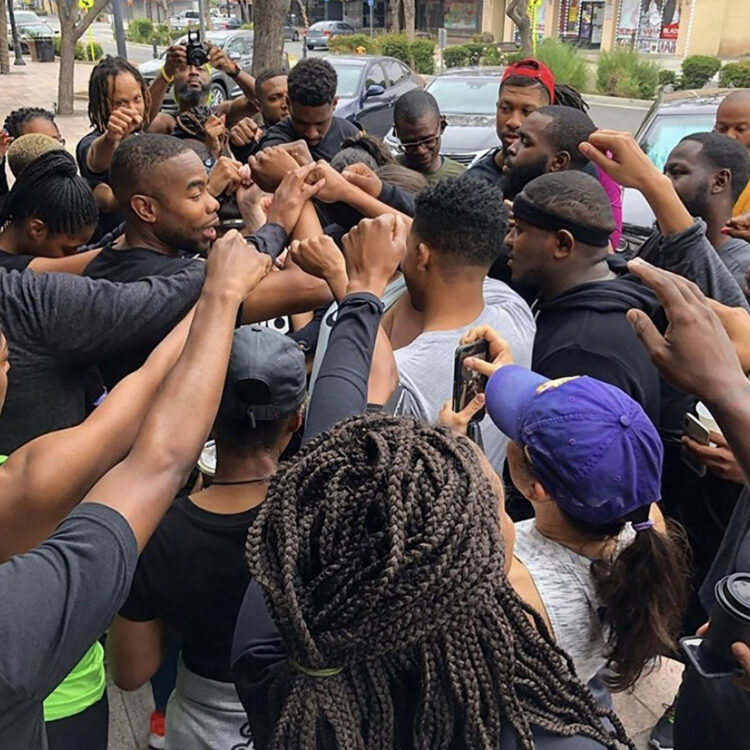
How does Keep It Run Hundred show Black representation in the running space?
“I want to show people that these teams are possible. Growing up as an athlete, everybody wants to be Michael Jordan, Kobe Bryant, or things like that. And like I said, running was never something for me. To build a relationship with [Nike], the biggest sportswear brand in the world and be able to do big things [is incredible]. Nike did a run for us in 2020, right before the pandemic, where we shut down Crenshaw Boulevard. So it’s like you can win in other ways. I talk to kids about it all the time. You don’t have to be the big name. You can do other things and still be successful. I want to show people that we come from the same place. People ask me to describe myself and I say, ‘Man, I’m just a ghetto kid that runs a lot.’ I really love South Central – that’s home. I want people in my neighborhood, in my community, to just be active. That’s it for me. I just really want Black and brown people to just be active and moving.”
How does exercise uplift community?
“Exercise is huge for community because some people don’t have a community to attach themselves to. When we run down the street and people are honking or cheering, and stopping traffic – you don’t take over the streets like that normally. It’s adrenaline. So to be in that space, it does something to people. People pull me over all the time when we run to ask questions and I always tell them about what we’re doing because I want everybody to be apart of it.”
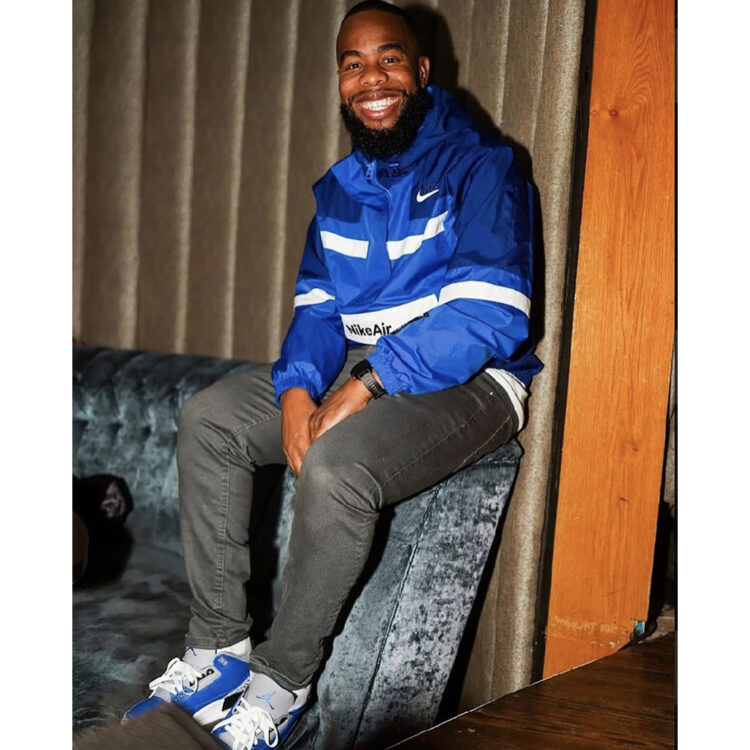
Alright, let’s talk about sneakers. What do you look for in a running shoe and what are some of the best running shoes on the market right now?
“For running shoes I always look for a lighter shoe or like a stylish shoe. I try to be the freshest runner out there so I try to get the flyest. Right now I’m running in the Nike Alpha Fly. Those are my go-to, those are it. That’s the greatest running shoe I’ve ever put on in my life. I have like seven pairs of them.”
Outside of running, what kind of sneakers do you like?
“My favorite shoe of all time is the Air Max 1. For Jordans, I’m a Jordan 6 fanatic. My favorite is the black and Varsity Red. I love kicks. I’m not a sneakerhead, but I have a pretty decent collection.”
What’s your favorite pair that you own?
“Air Max 1 “Atmos.” I love those shoes. I try not to wear them”
How do you feel about sneaker culture now compared to when you were growing up?
“It’s weird now. It’s not about the love anymore. One of my closest friends, he’s a sneakerhead. He’s been doing this since we were 18-years-old, which is 20 years ago now. He would drive to Huntington Beach, San Diego, or wherever, to go to all the different shoe stores because that’s how engulfed he was. And he still is. Now, things are about the resell. The process of finding a shoe back in the day was what it was all about. If you really wanted something, you would do what it takes to get it. Now, you can get it easy, you just got to spend $2,000 for it. I don’t live the resale life. I like shoes, but there’s only a couple of pairs that I would probably pay resale for. The one shoe I said I would pay resale for is the Jordan 1 “Shadow.” In 2013, my house got broken into and they stole the majority of my collection. Since then, I’ve gotten back some of the things that I’ve wanted, but I had some nice shoes back in the day.”
That’s horrible! What did they take?
“There were these adidas, they were like cream adidas. They had crocodile skin with pink lettering, and pink on the bottom. One of my friends wanted to buy them from so bad because Undefeated only dropped a few pairs, and I was able to get a pair. I would never sell them to him. I held onto them for a while and then I wore them one time. Then when they broke in, they stole that pair and I was so upset. I really liked that shoe. That played a part in me wanting to do philanthropy because it made me realize that material things aren’t that important. So after that I started two other organizations outside of the run club. One of the organizations is where I give back clothes and shoes to kids. I encourage people to go into their closet and donate gently-worn stuff to people who need it. [That organization] is called Fresh Start. Now I give away shoes monthly because I get a lot of shoes. If I know a kid in-need, or a kid that wants to get active.”
What’s the end goal for Keep It Run Hundred?
“I want Keep It Run Hundred to be in every major city across the globe. I want everybody running. I want this to be the cool thing. It’s not about marathon running, it’s just about getting moving. If you’re out there in the community, let’s do this.”
—
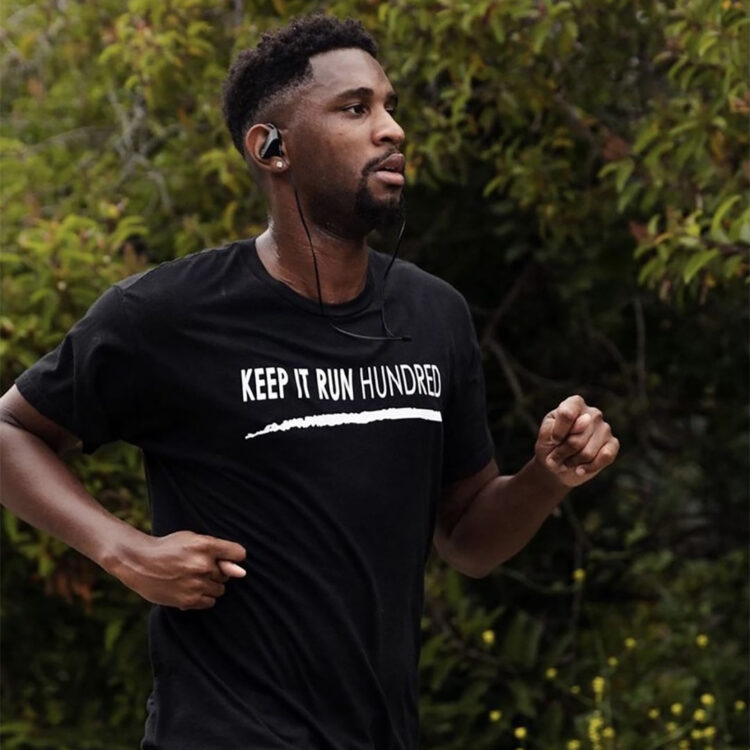
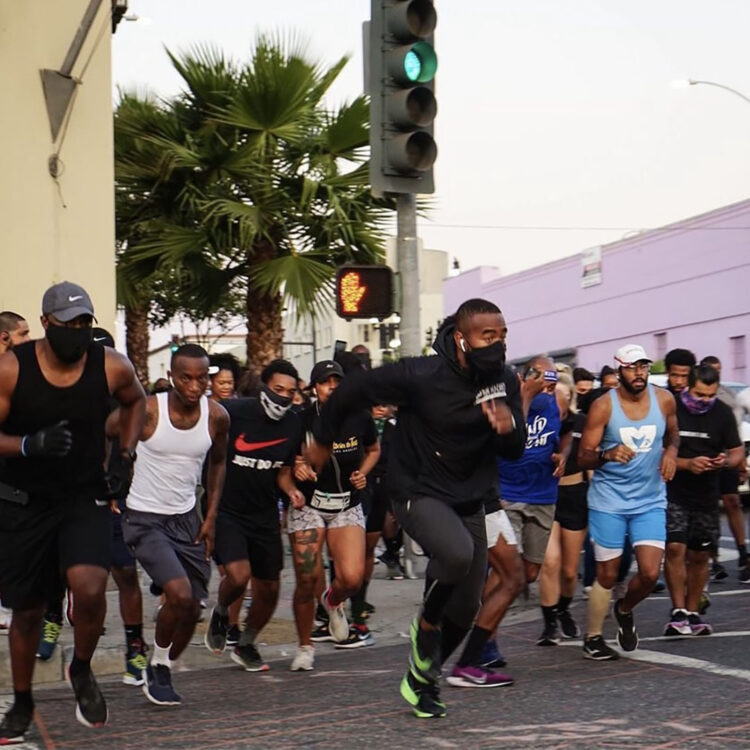
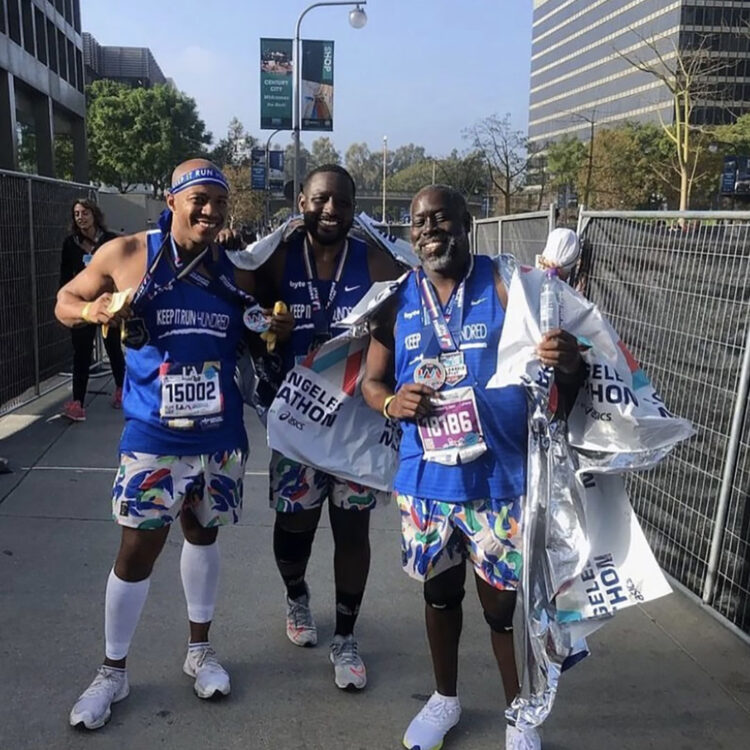
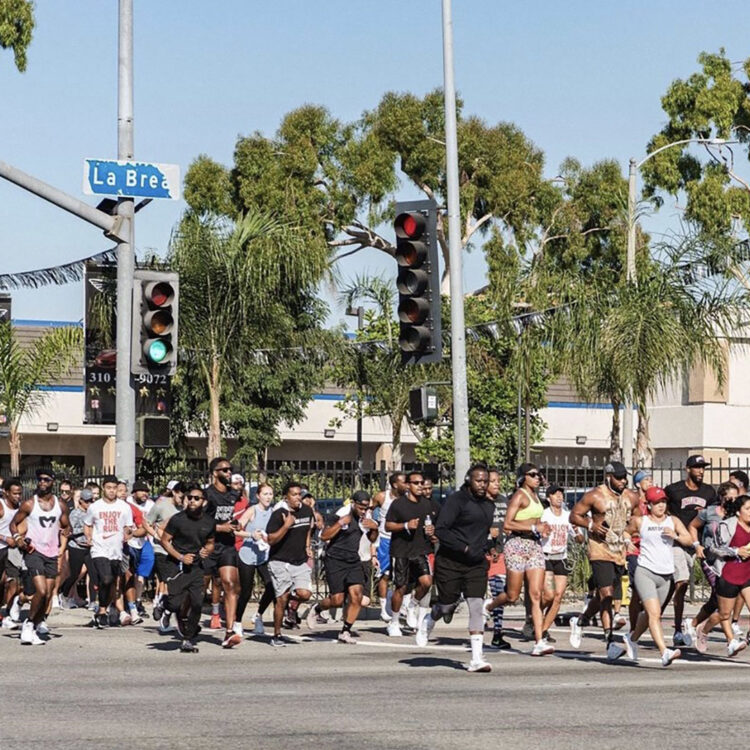
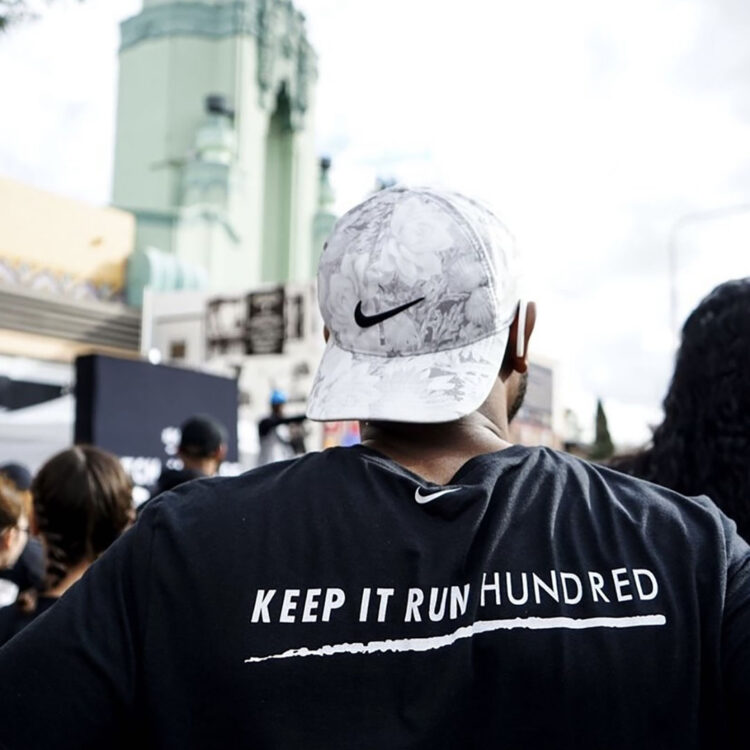
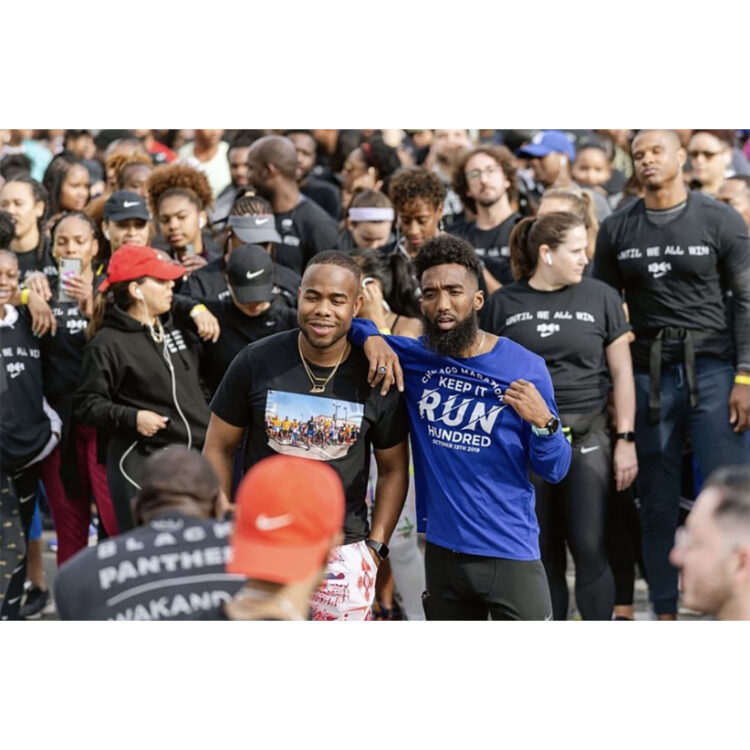
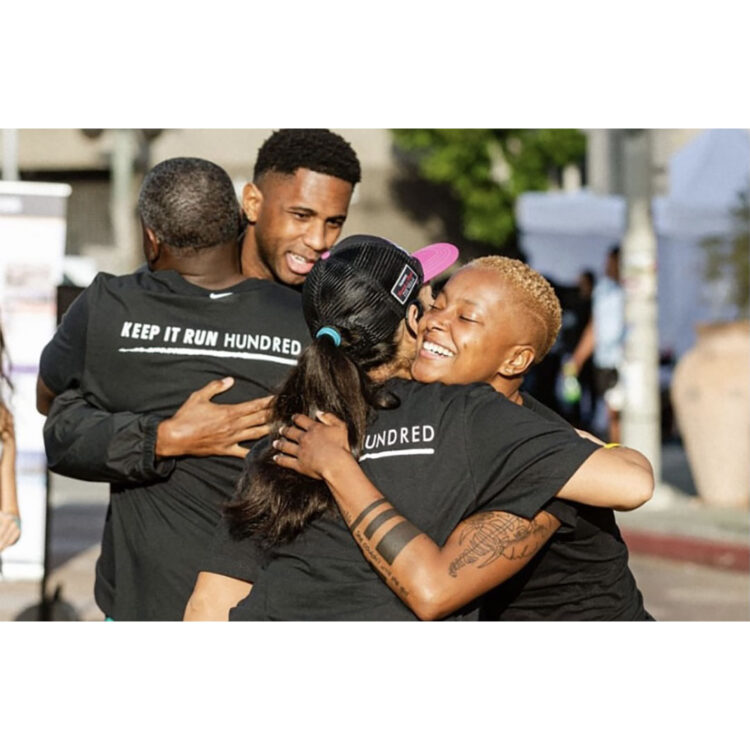
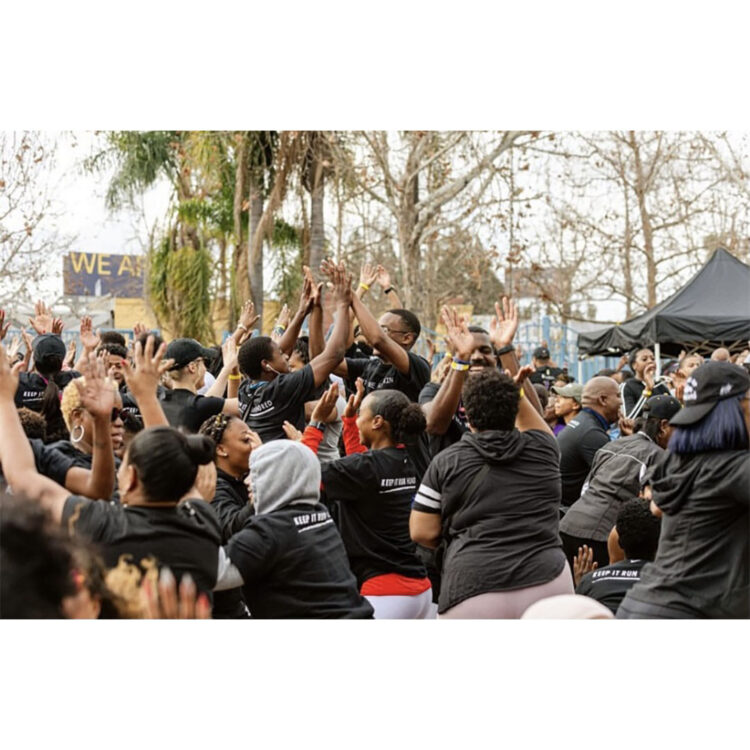
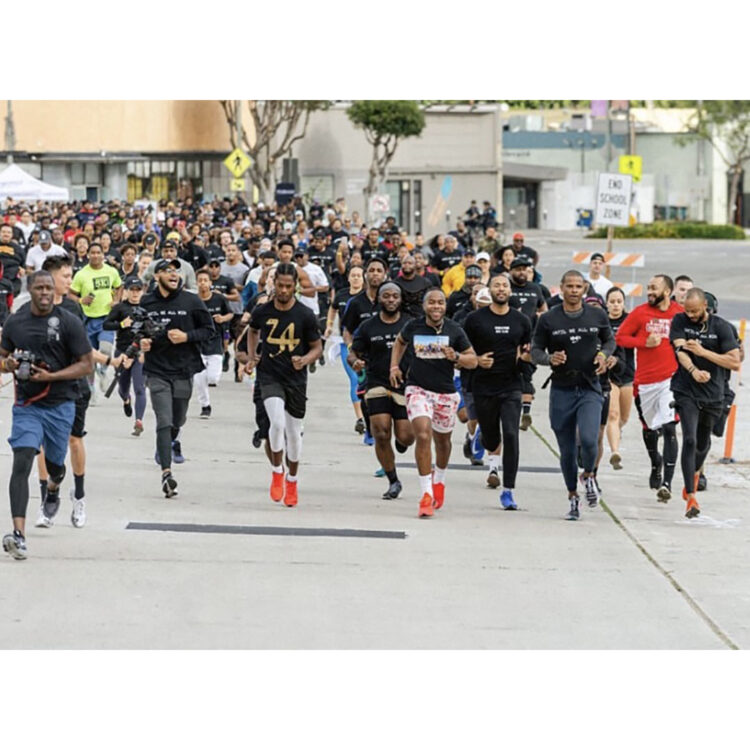
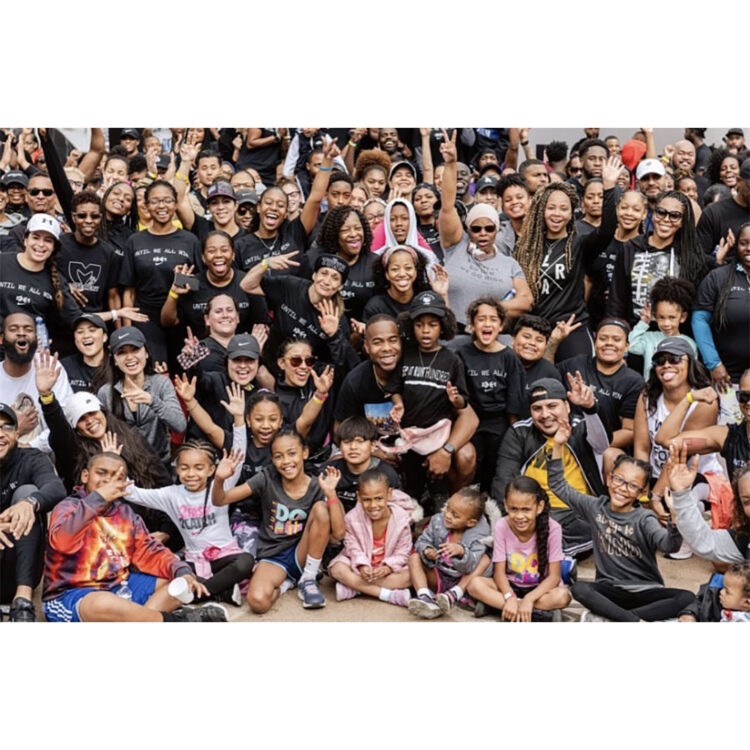
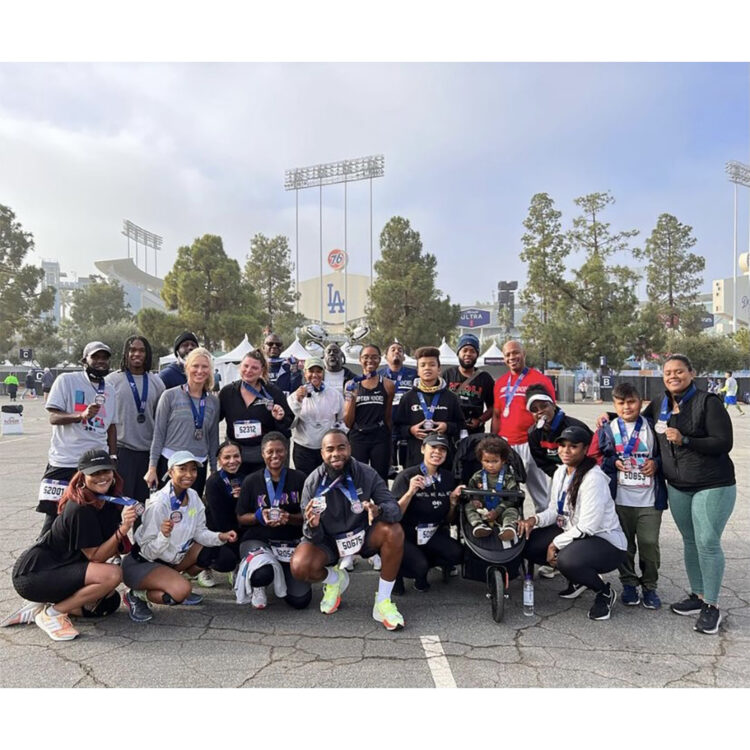
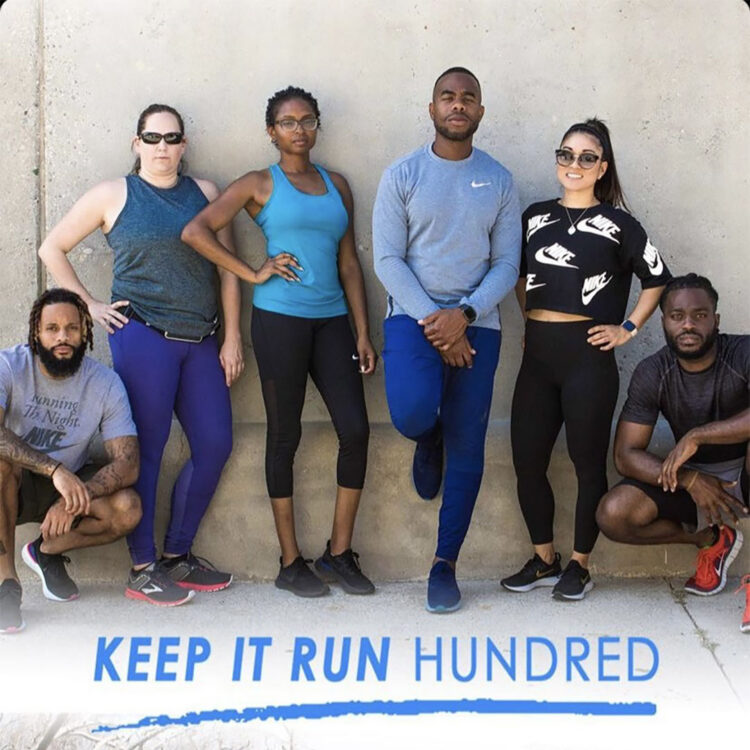
All photos provided by Keep It Run Hundred via Instagram
